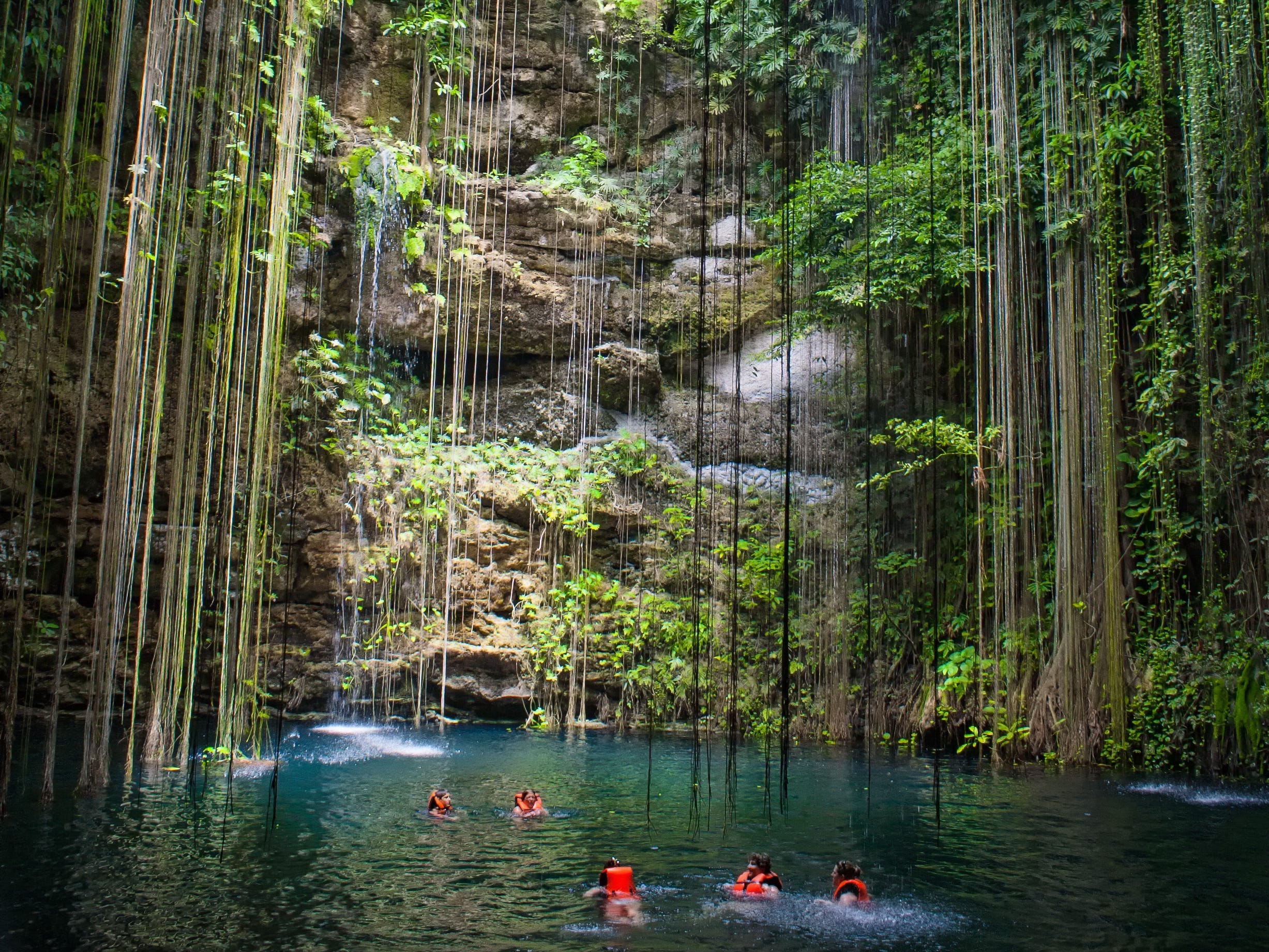
- Cenotes in Tulum have grown polluted due to construction spurred by an influx of visitors.
- Construction of hotels and restaurants razes mangroves, which facilitate natural filtration.
- Without mangroves, pollutants like sewage, chemicals, and feces end up in Tulum's waterways.
- See more stories on Insider's business page.
Construction in the popular tourist destination of Tulum, Mexico, is booming to keep up with an influx of digital nomads and other visitors.
With new hotels and restaurants come a greater draw for tourists. But the construction has been spelling disaster for the environment. Cenotes, which are sinkholes or caves that have filled with water and are often used as swimming holes, have grown polluted because of such development. Of the roughly 6,000 cenotes found across the Yucatán Peninsula, roughly 80% are contaminated, according to Mexico's Ministry of Environment and Natural Resources.
Part of the problem stems from the destruction of mangroves that takes place during much of this construction. These trees and shrubs act as a natural filtration system to keep pollutants out of the water. Without them, contaminants like sewage, chemicals, and more find their way into Tulum's waterways.
From there, the contamination can seep into the underground water system and then into the sea. Divers have even documented contamination of the cenotes with feces. The construction also harms wildlife, such as sea turtles, by destroying their natural habitats.
Read more about how the rise in tourism is impacting destinations like Tulum in Insider's story here.
Groundwater pollutants in the aquifers under Mexico's Riviera Maya district include chemicals from painkillers, illicit drugs like cocaine, remnants of personal care products like deodorants and toothpaste, and chemical run-off, according to a United Nations University study.
The pollution of cenotes can also "adversely affect the nearby ecosystem, like lagoons, estuaries and coral reefs, causing a serious deterioration of this ecosystem and in public health," according to a study published last year that examined coliform bacteria in cenotes in Cancún.
Adding to the problem is the fact that cenotes are often used as dumping grounds for waste. Roughly 25% of household wastewater on the peninsula ends up in the region's aquifers untreated. Researchers say improvements to regional wastewater treatment and sewage management systems are necessary to help curb this practice. Addressing agricultural runoff is another important step.
